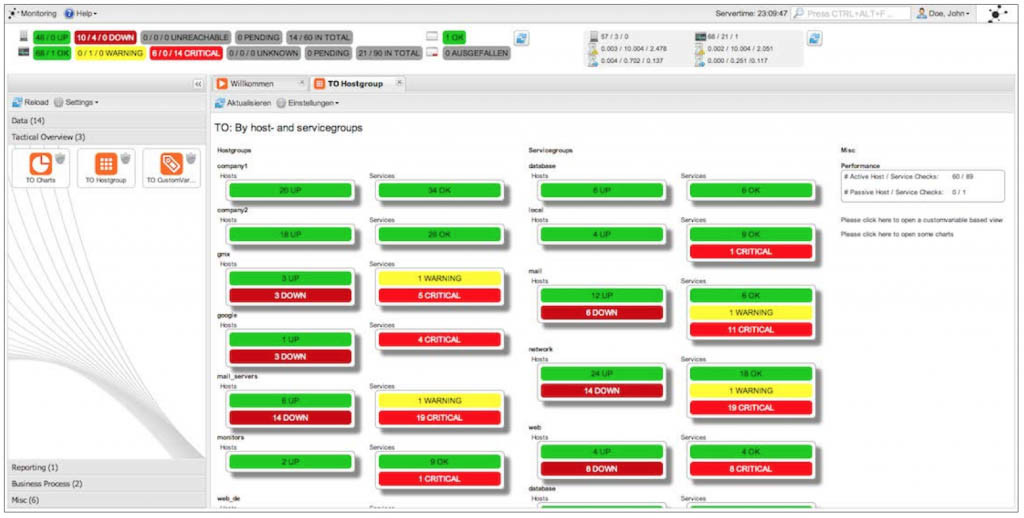

- #Webtools software software#
- #Webtools software code#
- #Webtools software license#
- #Webtools software download#
No confidential data is stored online, and the data from the web easily syncs with what is stored on your computer.WebTools makes it easy for volunteers to help out with basic tasks like entering attendance and offerings, and this saves time for church staff.ℹ️About GitHub Wiki SEE, a search engine enabler for GitHub WikisĪs GitHub blocks most GitHub Wikis from search engines.Shepherd's Staff WebTools is a separate portal that you can log into through a web browser, and it allows you to complete certain tasks in Shepherd’s Staff when you are away from your church computer. This script (bootstrap.sh) is located in the provision directory, and is only run the first time you execute the "vagrant up" command. To simplify the process, we've written a bootstrap script that updates and upgrades all the necessary packages, compiles and installs the necessary source packages, and sets up the database. Others are a bit more involved, as the required versions are not packaged. On a Debian or Ubuntu system, some of these dependencies are simply apt packages. You'll also need several other libraries and tools, including AFFLIB (v3.7.4 or later), libewf (20140427 or later), The Sleuth Kit (4.1.3 or later), and PyTSK. It has been tested with Python 2.7.3, Flask 0.11, Jinja2, and Postgres 9.3 (but will likely work with other versions). The bitcurator-access-webtools project is a Flask application.

To see some screenshots of the app in action, visit the BitCurator Access Webtools Screenshots page.
#Webtools software software#
Running the "vagrant up" command again from within the bitcurator-access-webtools directory will boot and reinstall the necessary software in a new virtual machine. If you need to recreate the VM from scratch, you can type: vagrant destroy Within the bitcurator-access-webtools directory. To terminate both the application and the VM, simply type: vagrant halt Now, open a web browser on your host machine and navigate to 127.0.0.1:8080, and you should see the application running. Note that this VM will run in "headless" mode you will not see a new window appear - the name of the VM will simply appear within the VirtualBox Manager. This may take 20-30 minutes, depending on the speed of your computer. The first time you bring the application up, a new VM will be created (with a name of the form "bitcurator-access-webtools-X.X.X") and various software tools will be installed. To start the application the first time, run the following commands: cd bitcurator-access-webtools The application includes a couple of sample disk images in the 'disk-images' directory you may add additional raw or E01-packaged images to this directory as needed, or simply test the application with the supplied images.
#Webtools software code#
Now, check out the bitcurator-access-webtools code repository by cloning the GitHub repository at: git clone
#Webtools software download#
You can download this base box by issuing the following command in a t In the case of bitcurator-access-webtools, this is currently a 64-bit build of Ubuntu 14.04LTS. Once you have these two tools installed, you must download a "base" Vagrant virtual machine box corresponding to the environment you wish to run any software in. You can download the current version of VirtualBox for you operating system here and the current version of Vagrant here. The bitcurator-access-webtools application needs VirtualBox and Vagrant in order to run. Read on for a brief overview of running the application in a Vagrant box: Note! The must up-to-date instructions can be found in the README.md on the bitcurator-access-webtools git repository at: Simply point bitcurator-access-webtools at a local directory that contains raw (dd) or forensically-packaged disk images,Īnd it will create a web portal that allows you to browse the file systems, download files, and examine disk image metadata. The bitcurator-access-webtools software provides simple access to disk images over the web using open source technologies including The Sleuth Kit, PyTSK, and Flask. If you can't find the information about bitcurator-access-webtools you need on this page, join and post questions to the BitCurator Users Group. Software dependencies for bitcurator-access-webtools may be covered by other open source licenses and attribution terms.
#Webtools software license#
Software developed by the BitCurator Access team is licensed under the GNU General Public License Version 3. They let users inspect and debug the pages HTML, CSS, and JavaScript, allow to inspect the network traffic.

Current browsers provide integrated developer tools, which allow to inspect a website. BitCurator Access Webtools, is an open source toolset to enable access to disk images and the file systems they contain on the web. Developer tools (or 'development tools' or short 'DevTools') are programs that allow a developer to create, test and debug software.


 0 kommentar(er)
0 kommentar(er)
